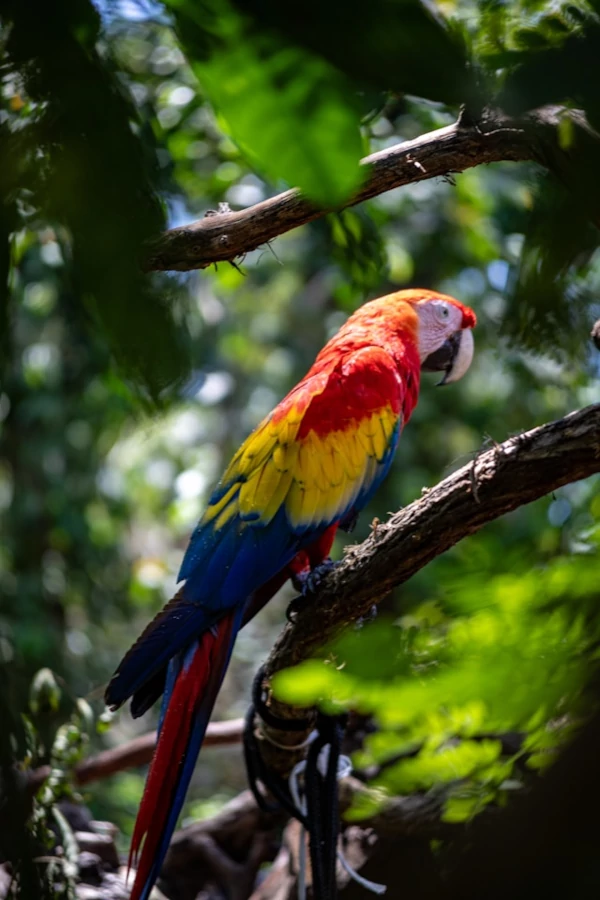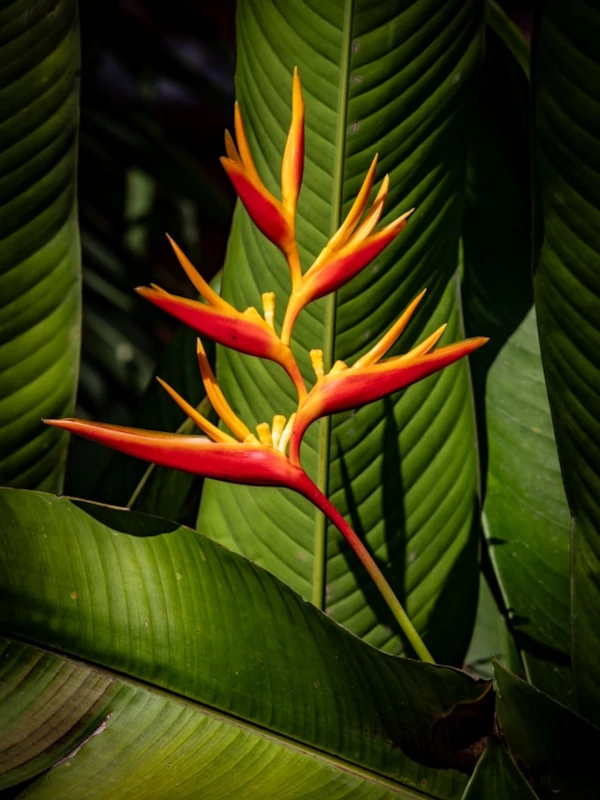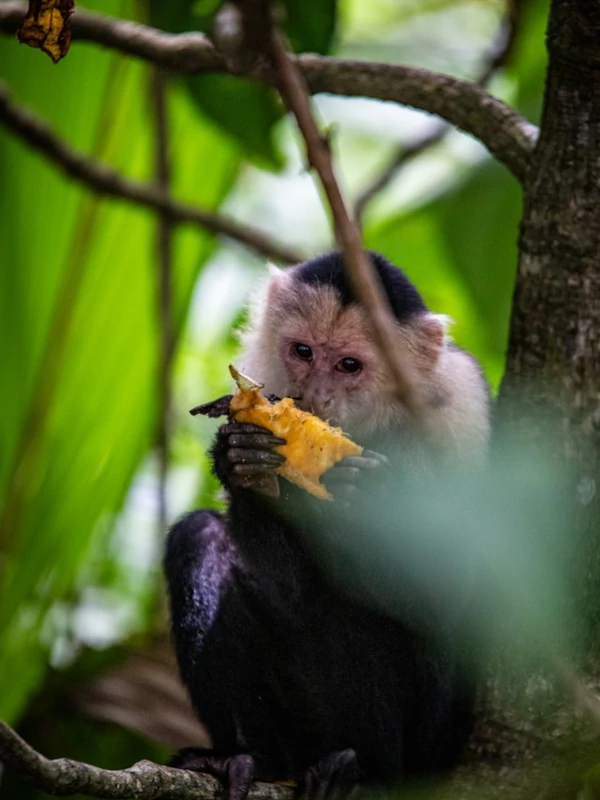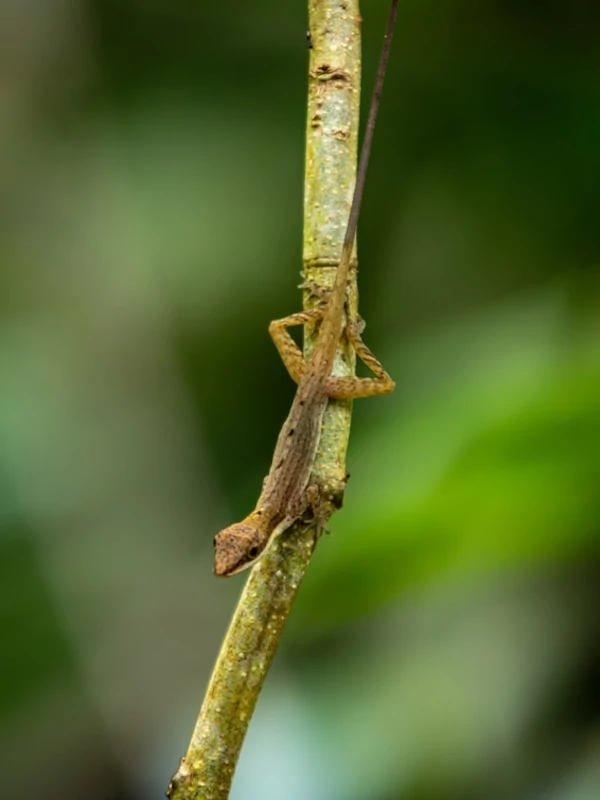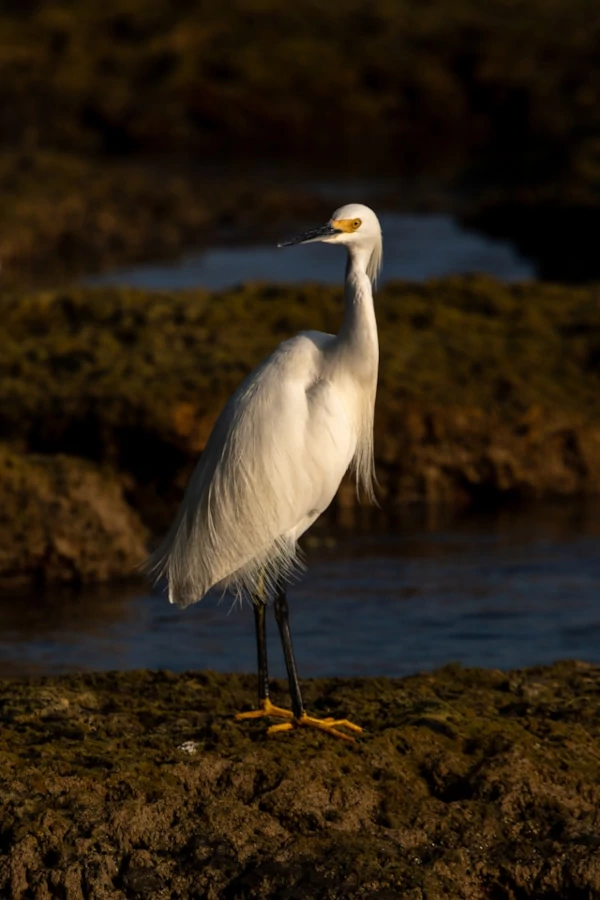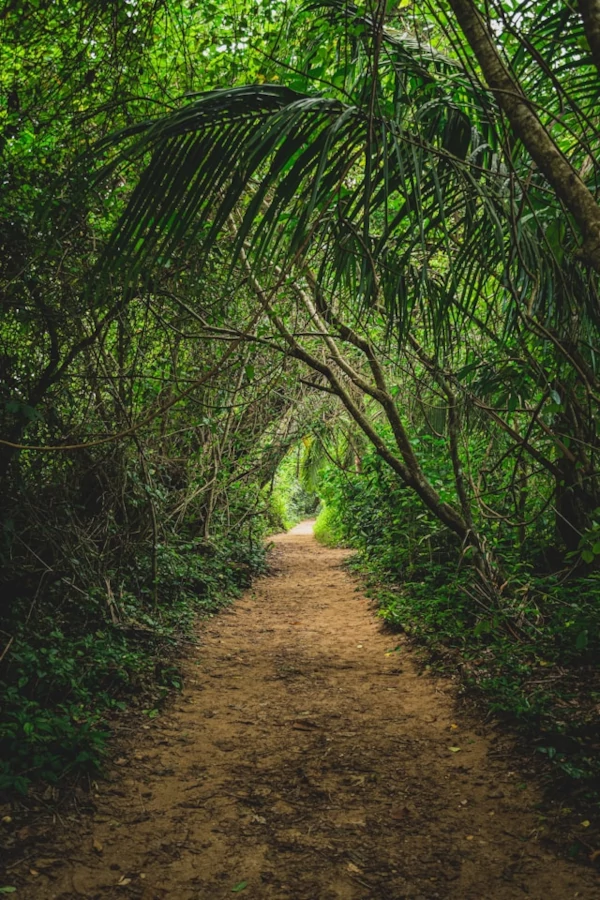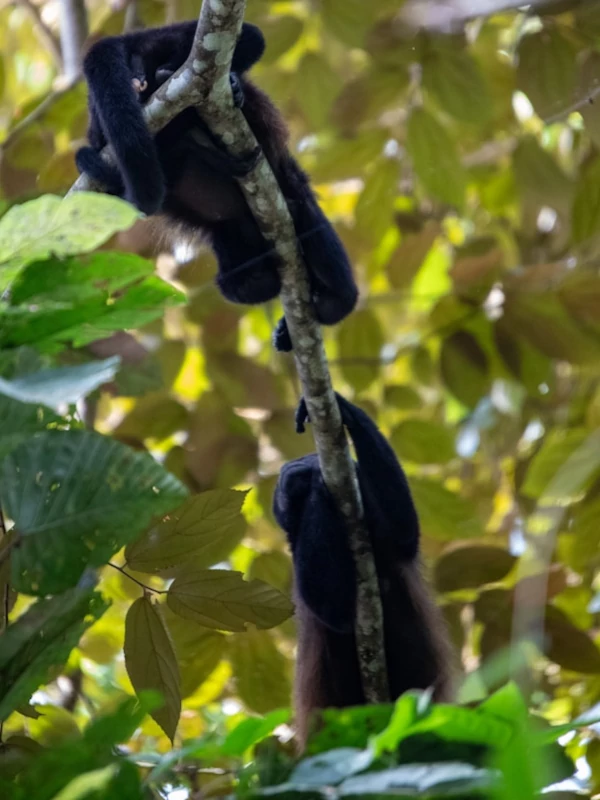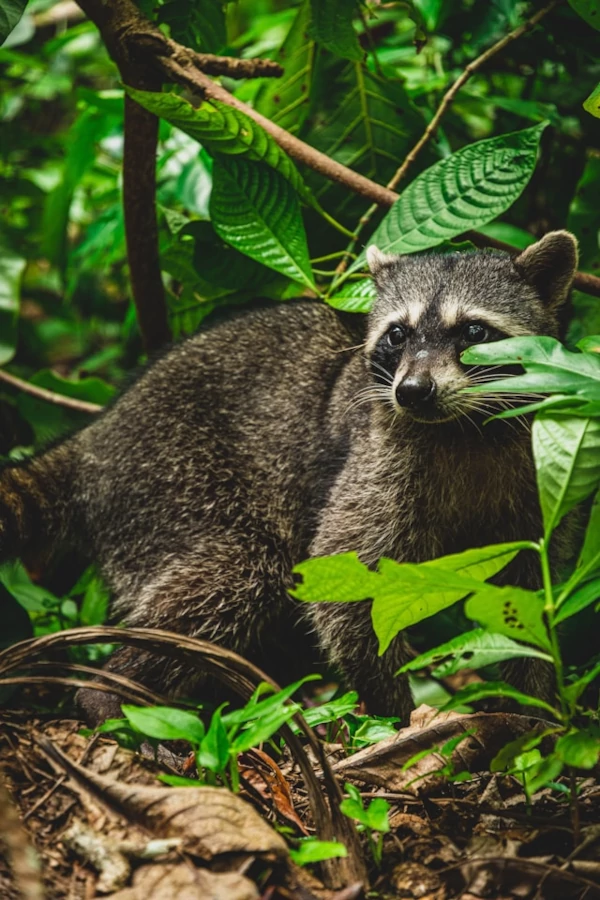Known for its incredible biodiversity, this park is home to howler monkeys, sloths, colorful toucans, and vibrant marine life. Whether you’re hiking through dense jungle trails, snorkeling in crystal-clear waters, or simply relaxing on white-sand beaches, Cahuita offers an unforgettable adventure for nature lovers. Discover why this park is a must-visit destination for anyone exploring Costa Rica’s natural wonders.
Cahuita National Park, Costa Rica: Wildlife, Snorkeling & Visitor Tips
Discover Cahuita National Park
Cahuita National Park is one of Costa Rica’s most unique treasures, where lush rainforests meet the sparkling Caribbean Sea. Located on the southern Caribbean coast, this park is a haven for nature lovers, offering a perfect blend of vibrant wildlife, pristine beaches, and colorful coral reefs. Whether you’re planning a trip to Costa Rica or simply dreaming of your next nature escape, Cahuita is a destination you won’t want to miss.
About the Park
Established in 1970, Cahuita National Park was created to protect its stunning coral reefs and dense coastal rainforest. Unlike many other national parks in Costa Rica, Cahuita is free to enter (though donations are encouraged), making it an accessible option for travelers on a budget. The park spans over 2,700 acres, including land and marine areas, and is part of Costa Rica’s larger commitment to conservation and eco-tourism.
One of the park’s most unique features is its coral reef system, which is one of the few remaining healthy reefs in the country. This underwater wonderland is home to hundreds of fish species, sea turtles, and even the occasional reef shark. On land, you’ll find howler monkeys, sloths, iguanas, and a dazzling array of tropical birds.
Location and How to Get There
Cahuita National Park is located near the small, laid-back town of Cahuita, about 43 kilometers (27 miles) south of Limón, Costa Rica’s main Caribbean port city. The park has two main entrances:
- The northern entrance in Cahuita town, which is closer to the coral reefs and snorkeling areas.
- The southern entrance near Puerto Vargas, which offers access to the park’s famous coastal hiking trail.
Getting to Cahuita is relatively easy. If you’re coming from San José, you can take a 4-hour drive or hop on a public bus directly to Cahuita town. For those flying into Costa Rica, the closest international airport is Juan Santamaría International Airport (SJO) in San José.
History and Conservation
Cahuita National Park has a rich history that blends natural beauty with cultural significance. The area has long been inhabited by the Afro-Caribbean community, whose influence is still felt in the local culture, food, and traditions. The park’s name, “Cahuita,” comes from the indigenous Bribri language and means “point of the almond tree,” a nod to the region’s lush vegetation.
Today, the park is a shining example of sustainable tourism. The local community plays a key role in managing the park, and visitors are encouraged to support conservation efforts through donations or by hiring local guides. These guides are not only experts on the park’s wildlife but also share fascinating stories about the area’s history and culture.
Wildlife and Natural Wonders
Cahuita National Park is a biodiversity hotspot, offering visitors a chance to experience some of Costa Rica’s most incredible wildlife and natural landscapes. From lush rainforests teeming with exotic animals to vibrant coral reefs bursting with marine life, this park is a paradise for nature enthusiasts. Whether you’re a wildlife photographer, a birdwatcher, or simply someone who loves being in nature, Cahuita will leave you in awe.
Iconic Animals to Spot
One of the highlights of Cahuita National Park is its diverse wildlife. As you explore the park’s trails, keep your eyes peeled for:
- Howler monkeys: These loud, charismatic primates are often heard before they’re seen. Listen for their deep, guttural calls echoing through the trees.
- Sloths: Both two-toed and three-toed sloths call Cahuita home. Spot them lazily hanging from branches, blending perfectly into the foliage.
- White-faced capuchin monkeys: Playful and curious, these monkeys are a joy to watch as they swing through the trees.
- Iguanas and basilisks: These reptiles are commonly seen sunbathing on rocks or scurrying across trails.
Marine Life and Coral Reefs
Cahuita is one of the few places in Costa Rica where you can explore a healthy coral reef system. The park’s underwater world is home to:
- Colorful tropical fish: Look out for parrotfish, angelfish, and butterflyfish darting among the corals.
- Sea turtles: During nesting season, you might spot hawksbill or green sea turtles swimming near the reef.
- Reef sharks and rays: While sightings are rare, these majestic creatures occasionally glide through the clear waters.
Snorkeling here is a must-do activity, but remember to follow eco-friendly practices to protect the fragile reef ecosystem.
Birdwatching in Cahuita
Birdwatchers will be in heaven at Cahuita National Park. The park is home to more than 200 species of birds, including:
- Toucans: With their bright bills and distinctive calls, these birds are a favorite among visitors.
- Herons and egrets: Often seen wading in the park’s coastal lagoons.
- Parrots and macaws: Their vibrant colors and loud squawks make them hard to miss.
Bring your binoculars and a good camera—you’ll want to capture every moment.
The Coastal Rainforest
The park’s coastal rainforest is a lush, green wonderland filled with towering trees, winding vines, and exotic plants. As you hike the trails, you’ll encounter:
- Cecropia trees: A favorite food source for sloths.
- Heliconias and orchids: These colorful flowers add a splash of brightness to the forest.
- Butterflies and insects: Keep an eye out for the dazzling blue morpho butterfly and other fascinating critters.
The rainforest is also a great place to learn about ecosystems and how everything in nature is interconnected.
Things to Do in Cahuita National Park
Cahuita National Park is a playground for nature lovers, offering a mix of adventure, relaxation, and wildlife encounters. Whether you’re hiking through lush rainforests, snorkeling in crystal-clear waters, or simply soaking up the sun on pristine beaches, there’s something for everyone. Here are the top activities to add to your Cahuita itinerary:
Hiking the Coastal Trail
The Cahuita Coastal Trail is one of the park’s most popular attractions. This 5.6-mile (9 km) trail winds along the coastline, offering stunning views of the Caribbean Sea and plenty of opportunities to spot wildlife. Along the way, you’ll pass through dense rainforest, mangrove swamps, and white-sand beaches.
- What to Expect: Keep an eye out for howler monkeys, sloths, and exotic birds as you hike. The trail is relatively flat and easy, making it suitable for all fitness levels.
- Pro Tip: Start early in the morning to avoid the midday heat and increase your chances of seeing wildlife.
Snorkeling the Coral Reefs
Cahuita is home to one of Costa Rica’s few healthy coral reef systems, making it a must-visit for snorkeling enthusiasts. The reef is teeming with colorful fish, sea turtles, and other marine life, offering an unforgettable underwater experience.
- Where to Snorkel: The best snorkeling spots are near the northern entrance of the park. You can either bring your own gear or rent it from local operators.
- Eco-Friendly Snorkeling: Remember to use reef-safe sunscreen and avoid touching the coral to protect this fragile ecosystem.
Relaxing on the Beaches
If you’re looking to unwind, Cahuita’s pristine beaches are the perfect place to do it. The park’s coastline is dotted with white-sand beaches and palm-fringed shores, offering plenty of spots to relax and enjoy the scenery.
- Best Beaches: Playa Blanca and Puerto Vargas Beach are two of the most beautiful beaches in the park. Both are ideal for swimming, sunbathing, or simply enjoying the sound of the waves.
- Pro Tip: Bring a picnic and make a day of it—just remember to pack out all your trash to keep the park clean.
Birdwatching and Wildlife Photography
With its diverse ecosystems, Cahuita National Park is a paradise for birdwatchers and photographers. The park is home to over 200 species of birds, including toucans, parrots, and herons, as well as a variety of mammals like sloths and monkeys.
- Best Spots for Birdwatching: The coastal lagoons and rainforest trails are prime locations for spotting birds.
- Photography Tips: Bring a zoom lens to capture wildlife from a distance and avoid disturbing the animals.
Exploring the Town of Cahuita
After a day in the park, take some time to explore the nearby town of Cahuita. This laid-back Caribbean village is known for its Afro-Caribbean culture, delicious food, and friendly locals.
- What to Do: Visit the Cahuita Cultural Center, try traditional dishes like rice and beans with coconut milk, or simply stroll along the beachfront.
- Pro Tip: Don’t miss the chance to try fresh seafood at one of the local restaurants.
Visitor tips
Planning a visit to Cahuita National Park? Here’s everything you need to know to make the most of your trip. From the best time to visit to what to pack, these tips will help you prepare for an unforgettable adventure in one of Costa Rica’s most beautiful parks.
Best Time to Visit
Cahuita National Park is a year-round destination, but the dry season (February to April) is the most popular time to visit. During these months, you’ll enjoy sunny weather and calm seas, perfect for hiking and snorkeling.
- Rainy Season (May to November): While you might encounter afternoon showers, the rainforest is lush and green, and the park is less crowded.
- Wildlife Viewing: Early mornings are the best time to spot wildlife, no matter the season.
Entrance Fees and Opening Hours
Cahuita National Park is unique because it operates on a donation-based system. While there’s no fixed entrance fee, a donation of $5–10 per person is recommended to support the park’s conservation efforts.
- Opening Hours: The park is open from 8:00 AM to 4:00 PM daily, but it’s best to arrive early to avoid the midday heat and crowds.
- Guided Tours: Hiring a local guide is a great way to learn more about the park’s wildlife and history. Guides are available at the park entrance.
For more information visit the official SINAC website.
What to Pack
Packing the right gear can make your visit to Cahuita much more enjoyable. Here’s a quick checklist:
- Comfortable hiking shoes: The trails can be muddy, especially during the rainy season.
- Reef-safe sunscreen: Protect your skin and the coral reefs.
- Insect repellent: Keep those pesky bugs at bay.
- Snorkeling gear: If you have your own, bring it along. Otherwise, you can rent gear locally.
- Water and snacks: Stay hydrated and energized during your visit.
Safety Tips
Cahuita National Park is a safe destination, but it’s always good to be prepared. Here are a few tips to keep in mind:
- Stay on marked trails: This protects the environment and keeps you safe from wildlife.
- Respect the wildlife: Observe animals from a distance and never feed them.
- Swim with caution: While the beaches are beautiful, always check for strong currents or riptides before swimming.
- Leave no trace: Pack out all your trash and avoid disturbing the natural environment.
Nearby Attractions and Accommodations
If you have extra time, consider exploring the surrounding area. The town of Cahuita is just a short walk from the park and offers charming accommodations, local restaurants, and cultural experiences.
- Where to Stay: From eco-lodges to befront hotels, there are plenty of options to suit every budget.
- Other Activities: Visit nearby Tortuguero National Park or take a day trip to Puerto Viejo for more Caribbean charm.





